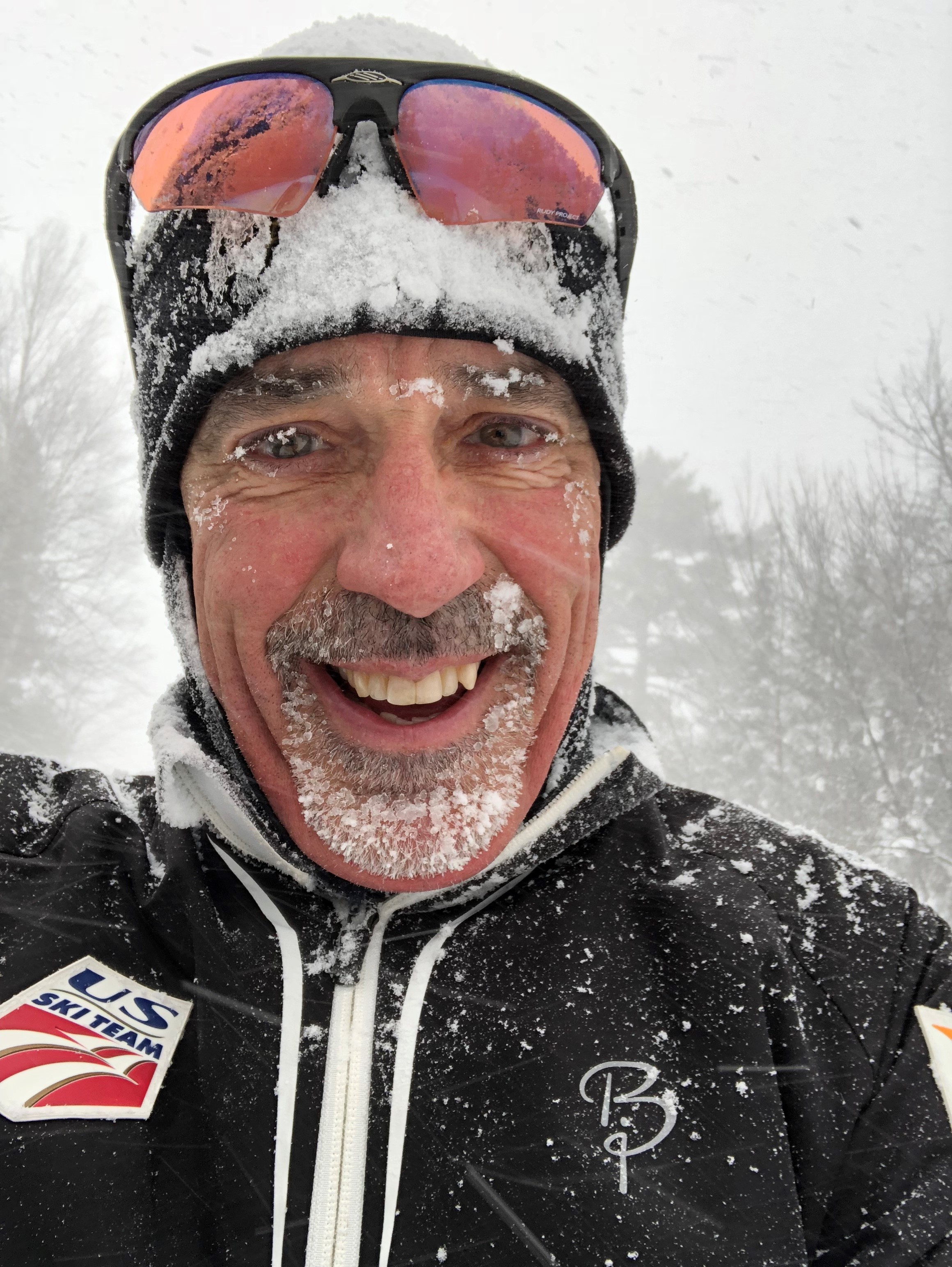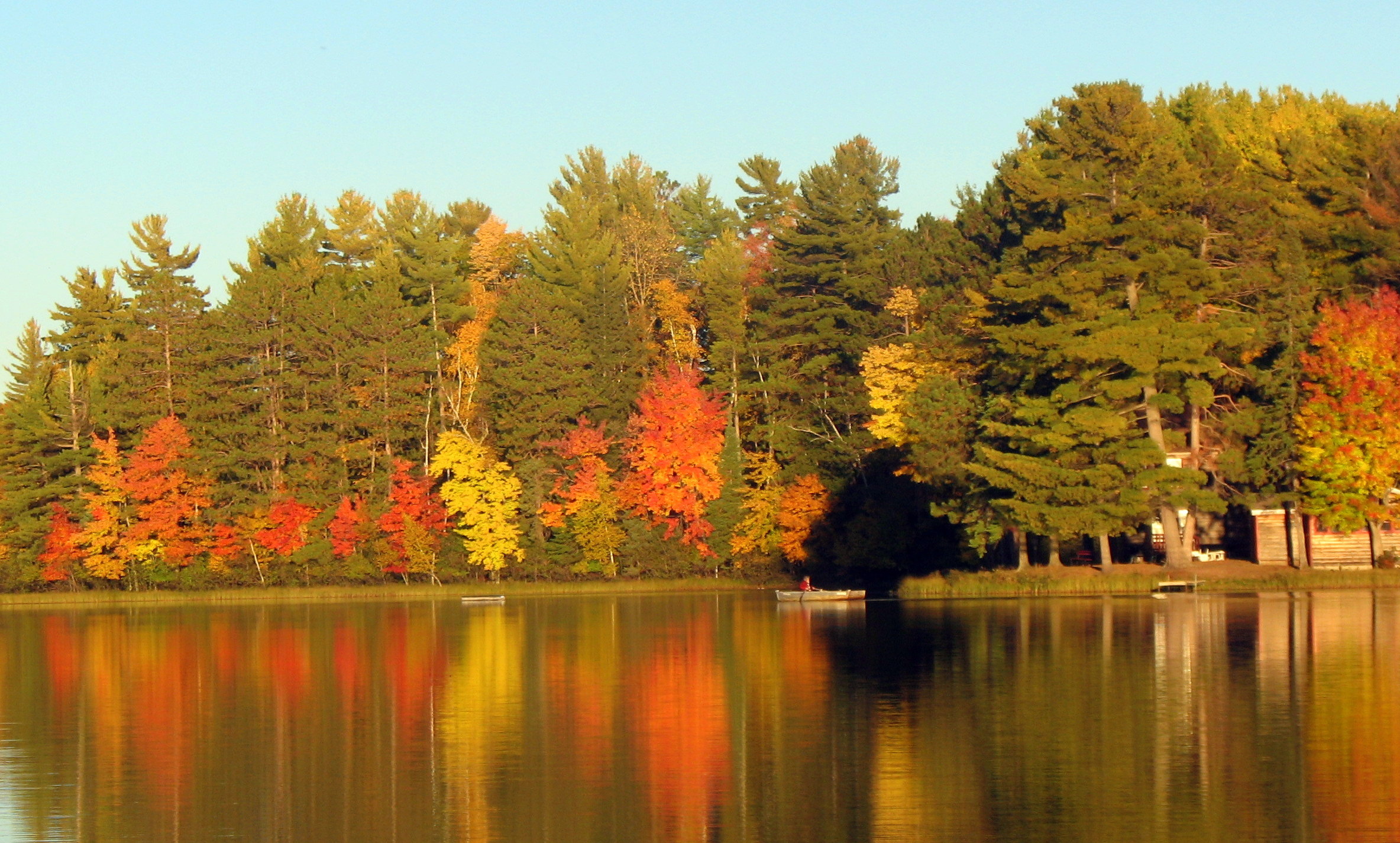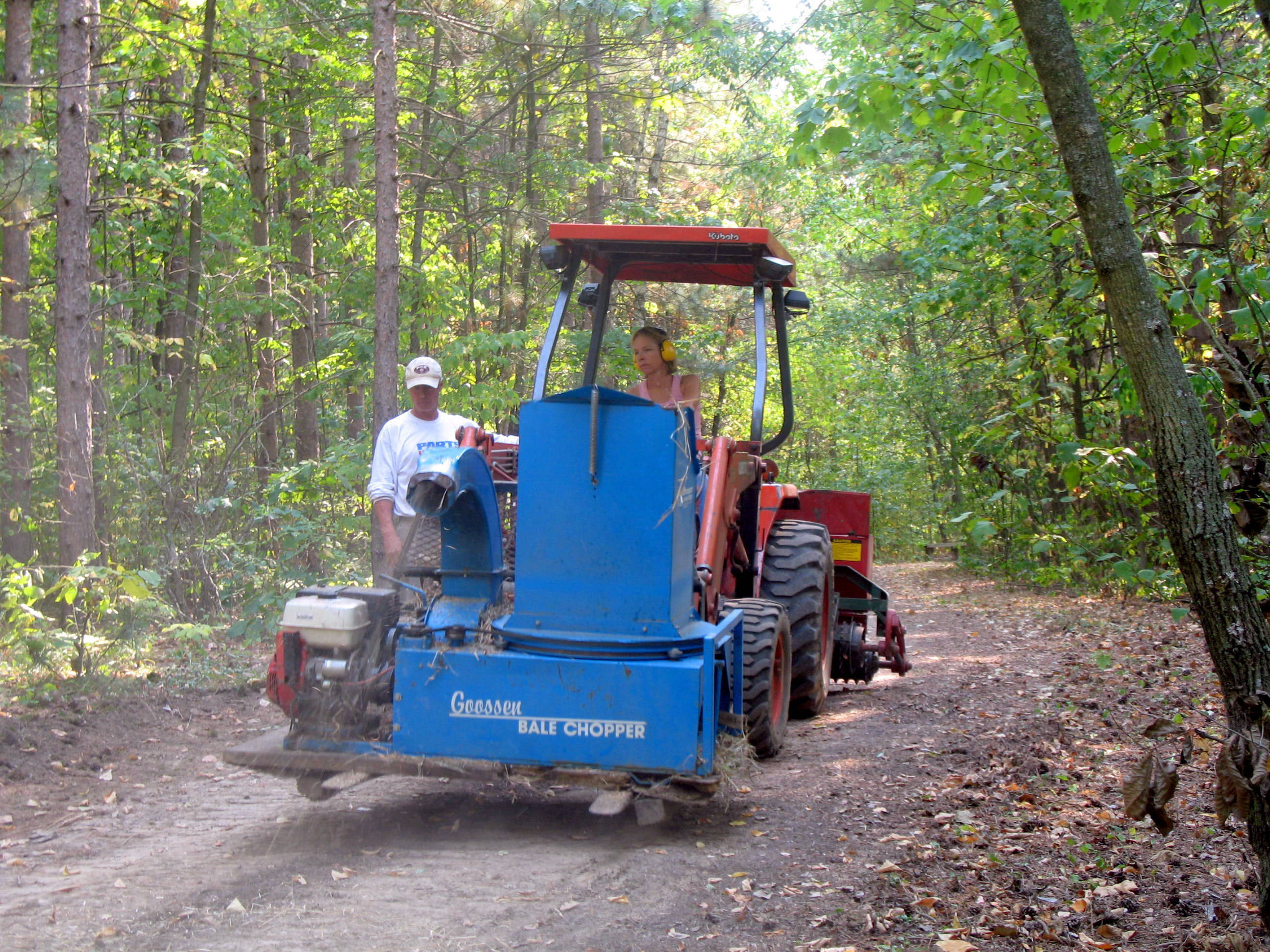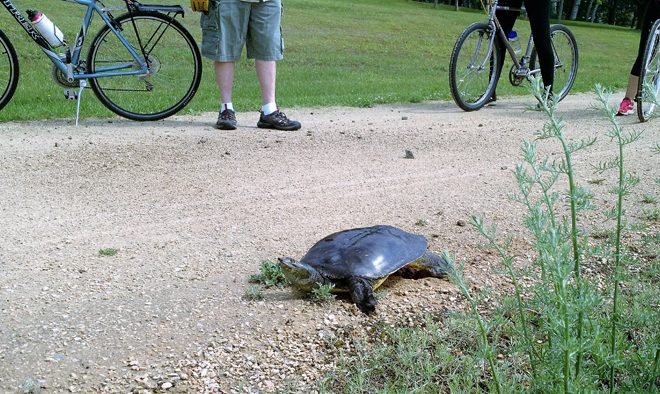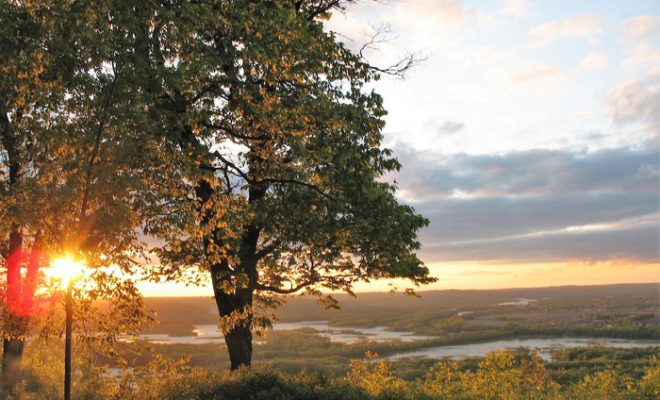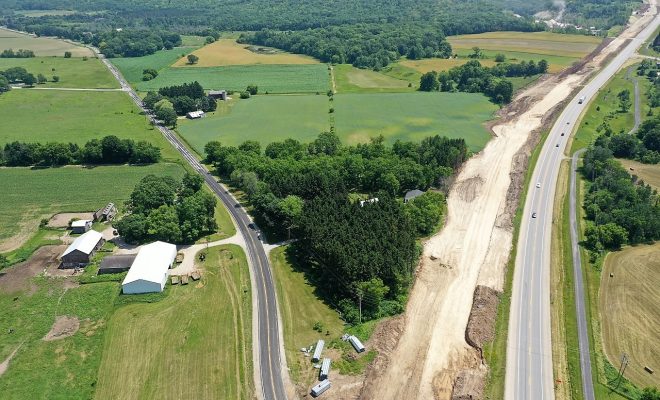May Silent Alarm
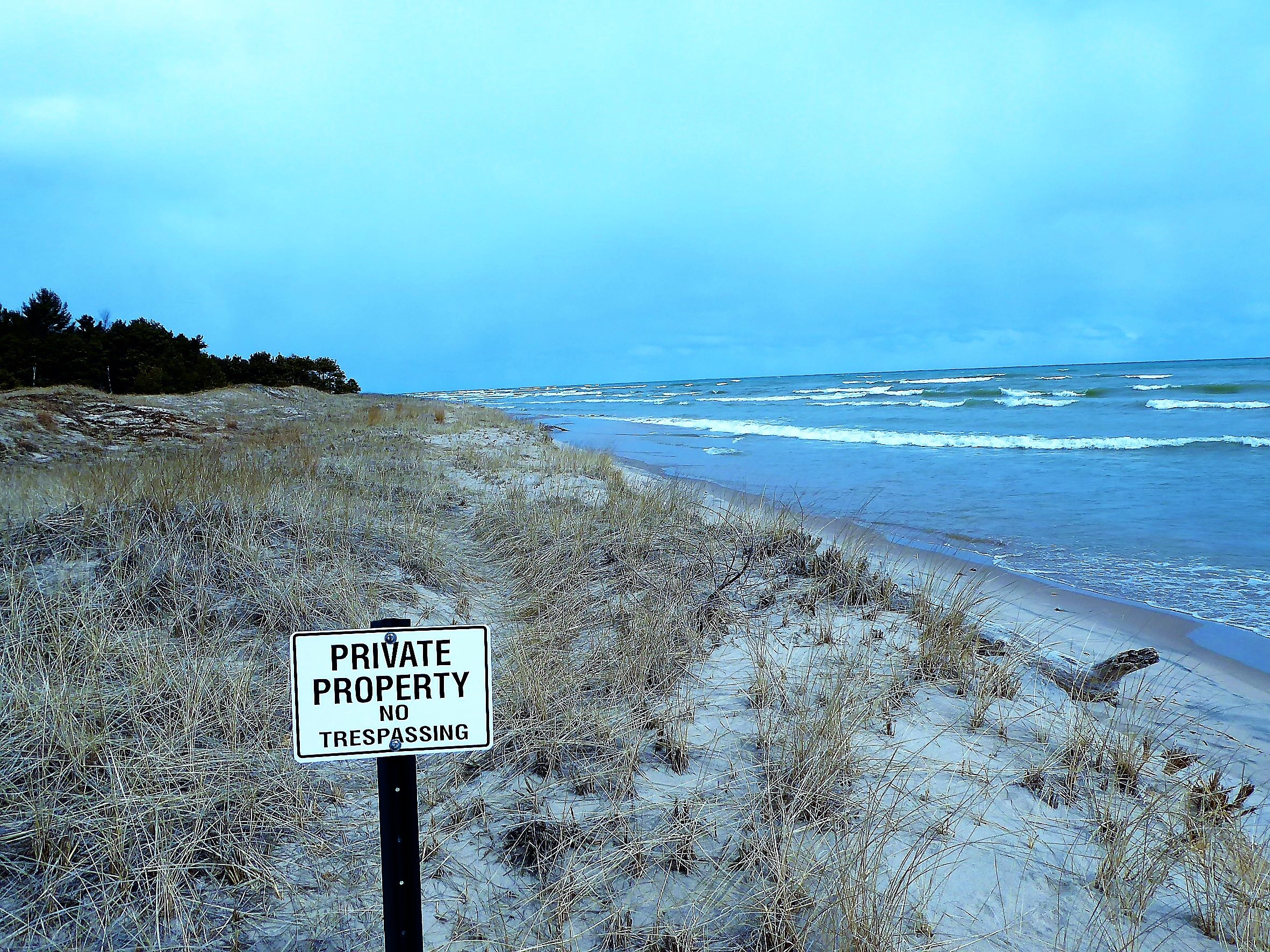
SILENT ALARM
MIKE MCFADZEN
Should State Park Lands Be Used for Private Development?
A proposed golf course, which would use Kohler Andre State Park acreage, has generated passionate feelings on whether this makes sense on the natural resources landscape. The DNR board recently approved a land-swap deal which would allow the Kohler Company to proceed with its planned project to build a championship golf course in Sheboygan County. The swap gets Kohler 4.6 acres of Kohler Andrae parklands, including an easement to the main park entrance, in return for 9.5 acres on the western edge of the park that Kohler owns. It’s not quite a done deal, as several project hurdles remain – including other DNR approvals, wetlands remediation and addressing Native American burial grounds located in the park.
The proposed golf course is a pet project of Kohler Chairman Herbert V Kohler, whom is one of Wisconsin’s wealthiest individuals and a key financial supporter of Governor Scott Walker. Kohler will invest $25 million for the course, including bringing in 220 new full-time jobs.
Detractors argue that Sheboygan County doesn’t need this development and view it as corporate overreach by taking state lands to benefit the wealthy. Others cite that Kohler already has two championship golf courses in the area. Kohler’s guests often dine and lodge in Sheboygan County, which benefit local businesses and bring in desirable tax revenue.
The Kohler Company has a history of developing top-notch projects. You don’t have to be a golfer to marvel at Sheboygan’s John Michael Kohler Art Center, walk through time at the renovated Wade House Historical Park or hike the magnificent lakeshore at Kohler Andre. All these developments have roots with the Kohler family.
Part of this discussion should recognize the importance of the state park system as an economic engine. According to UW’s State Parks Gateway Study, Wisconsin state parks generate over $650 million annually to nearby communities – tourism is big in Wisconsin. Thousands of visitors flock to Kohler Andrea during the summer months … often times lodging, dinning and shopping locally. Unfortunately, thousands of golfers would share the park entrance if the project gains approval.
The Friends of Black River Forest is a local citizen’s group (FBRF) who are following the proposed golf course. FBRF represent an engaged citizenry who are concerned about traffic congestion, loss of wetlands, and most importantly, Lake Michigan and well contamination from golf course chemicals. The group has raised concerns about Kohler Company’s influence with the Walker administration.
The Wisconsin state park system represents the gems of Wisconsin’s natural resource scene. Approximately 50 percent of Wisconsin residents use state parks and trails for respite, wildlife viewing, recreation and more. These are oases for our busy lives. Kohler Andrae is one of these gems offering miles of golden beach, majestic sand dunes, and an abundance of wildlife and recreational activities. Kohler Andrae is one of the last natural preserves along the Lake Michigan shore that is open for everyone to explore and enjoy. There are 450,000 visitors annually to the state park.
The purpose of the Wisconsin state park system is to provide areas for public recreation and public education in conservation and nature … for its scenery, its plants and wildlife, or its historical, archaeological or geological interest. State parks, forests, and wildlife areas are special places that anyone can use regardless of income. Private developments are not mentioned in the state parks charter.
State approval of using parklands for privately owned development is likely crossing a line in which there is no turning back. Is it okay to use any park, forest, wildlife refuge for economic development? The project’s economic development impact may be offset by decreased park’s visitation, as users clog the only park entrance. Governor Walker’s favorite motto is “Wisconsin is open for business.” Should Wisconsin be open for business at any cost?
At press time, the DNR has not responded to questions regarding this project.
Outdoor Activities: Expect the Unexpected
It was one of those big, blue-sky March days. An unexpected 5-inch snowfall had coated the Kettle Moraine with heavy wet snow extending what had been a miserable ski season.
A bunch of guys strapped on the fat skis, marveling at the snow-covered landscape. Ungroomed trails, big hills and squirrely snow conditions made for a great late-winter outing. The guys were checking out the lines on a steep downhill when the unexpected happened. One of the skiers lost control and collided with a tree, resulting in multiple fractures of the upper and lower leg.
The group reassembled and assessed the situation. They were one mile from the nearest access point, which meant getting rescue equipment and getting it quickly. Luckily, one of the guy’s cell phones worked in this hilly area. Calls were made to 911 and the Greenbush Trail groomer, who had access to an ATV. The injured skier is a retired physician who directed tourniquet compression to stop the bleeding from a compound fracture. Twenty minutes later the skier was safety extricated from the scene and taken by ambulance to the local hospital.
Why is this in the “Silent Alarm?” All of us partake in outdoor activities, occasionally in remote areas. This skilled group of skiers knew what they were doing. All had extensive back-country and Birke experience, but the unexpected happed that day.
It’s your responsibility to ensure that someone knows what, where and when. Ask yourself – will I have cell phone coverage? Does anyone know where I am? Do I have a good map? I’m lost, what now? Do I have the right gear? Check out Darren Bush’s excellent 2016 Silent Sports article on personal responsibility during outdoor activities, “Get over the ‘Not me, not today’ syndrome.” CLICK HERE to read the article.
My buddy underwent his second surgery from the accident and will likely have a full recovery. It could have been so much worse.


